Mistletoe cactus (Rhipsalis baccifera) is an epiphytic plant from the family Cactaceae. Native to Central and South America, the Caribbean, and parts of Africa, it is unique as the only cactus species found naturally outside the Americas. Its presence in Africa and Madagascar is thought to be the result of migratory birds dispersing its seeds across the Atlantic.
This plant thrives in tropical climates, making it suitable for USDA hardiness zones 9 to 11. Known for its ease of care, the mistletoe cactus is a popular choice for indoor gardening. Its trailing stems make it particularly attractive when displayed in hanging planters, where its spaghetti-like appearance adds a unique charm to indoor spaces.
| Common name | Mistletoe Cacti, Mistletoe Cactus, Spaghetti Cactus |
| Botanical name | Rhipsalis baccifera |
| Family | Cactaceae |
| Species | baccifera |
| Origin | Central and South America, Africa, Madagascar |
| Plant type | Epiphyte |
| Hardiness zone | 9, 10, 11 |
| Sunlight | Deep shade |
| Maintenance | Low |
| Soil ph | Acid |
| Drainage | Well-Drained |
| Flowering period | Spring |
| Flower color | Green |
| Fruit color | Pink |
| Stem color | Green |
| Fruit type | Berry |
| Uses | Container |
I. Appearance and Characteristics
Rhipsalis baccifera, commonly known as the mistletoe cactus, is an epiphytic cactus which originates from Central and South America, the Caribbean, and Florida. It is also found throughout the tropics of Africa and into Sri Lanka where it is known in Sinhala as nawahandi (නවහන්දි). This is the only cactus species naturally occurring outside the Americas.
One hypothesis is that it was introduced to the Old World by migratory birds, long enough ago for the Old World populations to be regarded as distinct subspecies. An alternative hypothesis holds that the species initially crossed the Atlantic Ocean on European ships trading between South America and Africa, after which birds may have spread it more widely.
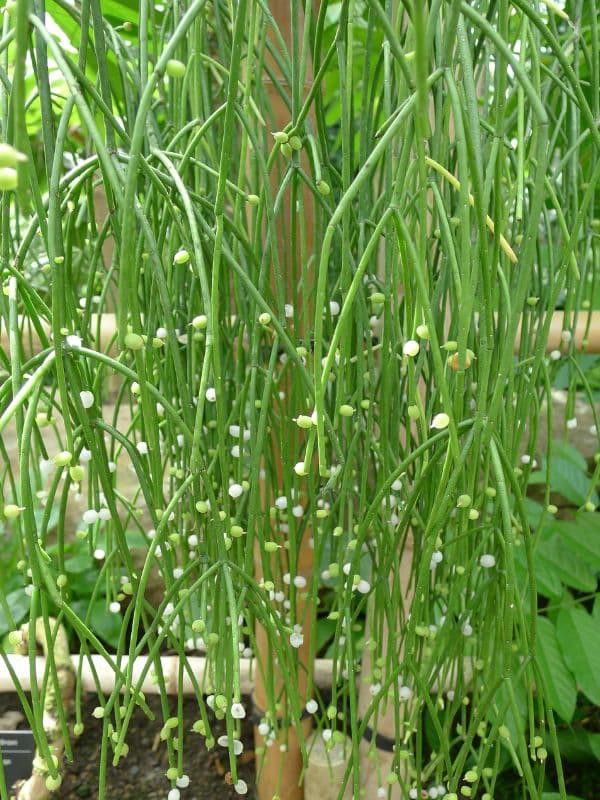
The species shows considerable polymorphism and can be divided into numerous subspecies. Mesoamerican specimens are usually tetraploid and South American specimens are diploid. The genera currently assigned to the tribe Rhipsalideae (which include Hatiora, Lepismium, and Schlumbergera in addition to Rhipsalis) were subject to considerable confusion and disagreement prior to the clarification by Wilhelm Barthlott and Nigel Taylor in 1995.
II. How to Grow and Care
Sunlight
Unlike desert cacti, the mistletoe cactus is sensitive to direct sunlight and prefers a location that receives bright to medium indirect light. It can even do well in lower light locations, although you won’t see as much growth.
Temperature and Humidity
Given that the mistletoe cactus is native to tropical and subtropical regions, it thrives in warm, humid conditions. For the most part, average household temperatures work well for the mistletoe cactus which is why it is so popular as a houseplant. Just ensure that temperatures stay between 60-80 degrees Fahrenheit (16-27 degrees Celsius) and it will be happy. However, you may need to provide some extra humidity for your mistletoe cactus to ensure that the stems don’t start to dry out. Try placing a pebble tray filled with water beneath the plant, or place a small humidifier nearby.
Watering
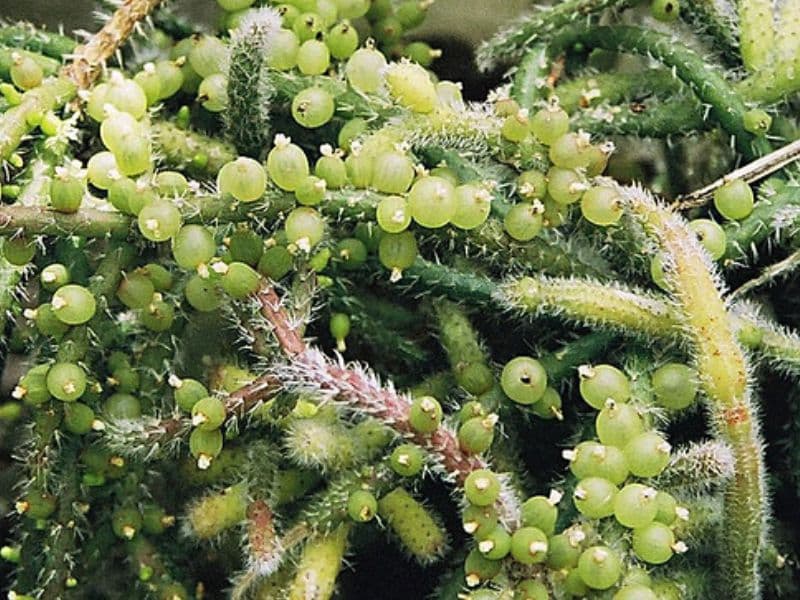
This tropical cactus prefers that its soil is kept evenly moist, and should not be allowed to dry out completely. At the same time, avoid waterlogging the soil by ensuring that your pot has proper drainage and your soil mixture allows water to flow through it. Allow the top 1-2 inches of soil to dry out between waterings.
Soil
The mistletoe cactus requires a moist but well-draining potting mix, and prefers soil that is slightly acidic. While it will likely survive in a standard commercial potting soil, it will thrive in a potting mixture that is designed for its specific needs. Try combining one part regular potting mix, one part orchid bark, and one part perlite together for a potting mix that is rich, airy, and well-draining.
Fertilizing
The mistletoe cactus appreciates regular fertilization throughout the growing season, although it is considered a light feeder. Apply a balanced liquid fertilizer diluted to half strength to your mistletoe cactus once a month during the spring and summer.
Pruning
A mistletoe cactus plant does not need to be pruned, but you may want to cut it back if its becoming too long. You can also trim it to encourage bushier growth around the base of the plant, and the stem cuttings can be used to propagate more plants.
Propagation
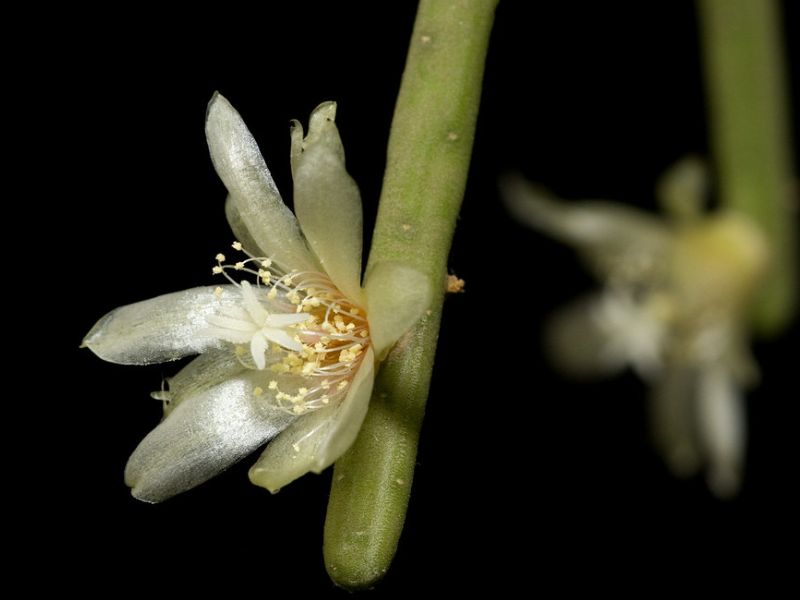
Like most succulents, the mistletoe cactus can be easily propagated by stem cuttings. Not only is propagating your mistletoe cactus an easy way to create new plants, but it will also encourage your plant to branch out and become more bushy over time. It is best to propagate your cactus during its active growing period, so avoid taking cuttings during the fall and winter when the plant has gone into dormancy. Here’s how you can propagate a mistletoe cactus by stem cuttings in a few easy steps:
- Using a sterilized pair of sharp scissors or pruning shears, take 3-4 inch cuttings from your plant.
- Set the fresh cuttings in a cool, dry location for 24 hours so that the cut end can callous over before planting.
- Prepare a potting container with a mixture of regular potting soil and perlite, and lightly moisten the soil.
- Press the end of the cuttings into the prepared soil, ensuring that the cuttings are facing the same way that they were growing before (i.e. don’t plant them ‘upside down’).
- Place the freshly potted cuttings in a location that receives medium indirect light and keep the soil lightly moist until you see signs of new growth.
- Once the cuttings are growing they are considered established and regular care can be resumed.
Potting and Repotting
If you can see the roots of your mistletoe cactus popping out of the top of the soil, or if the plant is so big relative to the pot that the whole thing keeps toppling over, you may want to repot. Select a pot that is one size up in diameter and has a drainage hole. Carefully transfer the plant out of its old pot and into the new pot, filling in the excess space with fresh, well-draining soil.
Pests and Diseases
Common Pests & Plant Diseases
Mistletoe cactus plants may struggle with spider mites, aphids, and mealybugs, like so many other popular houseplants. However, these pests tend to thrive in dry conditions, so in keeping the humidity levels average-to-high around your mistletoe cactus — which is what the tropical plant prefers anyway — you may be able to avoid infestations. Thankfully, there are no common plant diseases for the mistletoe cactus.
Common Problems
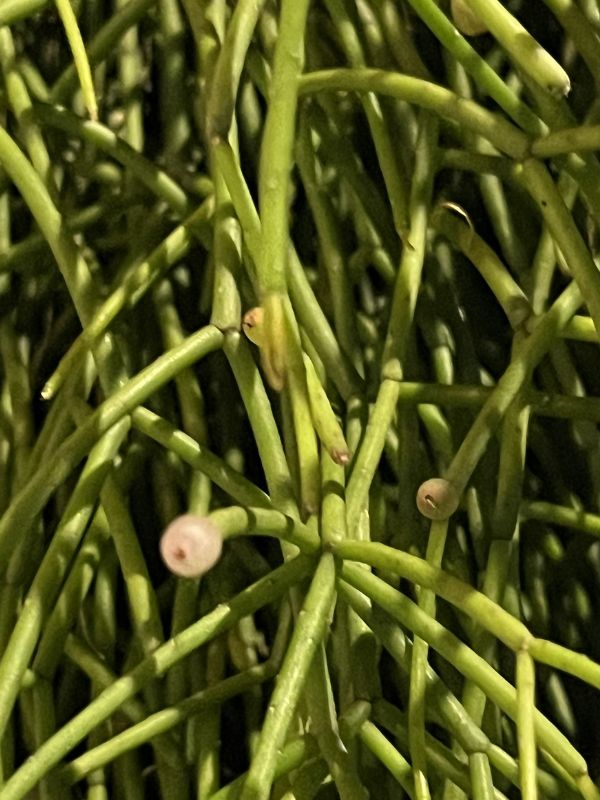
For the most part the mistletoe cactus is easy to grow indoors and growers don’t usually run into that many issues. That being said, if you do notice problems with your mistletoe cactus, it is likely a result of either over watering, or under-watering.
- Wilting, Mushy Stems
Wilting stems that are showing signs of becoming mushy at the base are a sign of overwatering, and usually root rot. Unfortunately there is no way to cure root rot once it has started, so you will need to remove any affected pieces and cut away any rotted roots. Ensure that your potting container has adequate drainage and that your soil is well-draining to avoid root rot, and allow the top 1-2 inches of soil to dry slightly between waterings.
- Browning Tips
Stems that are turning brown and crispy at the tips are usually a sign of under-watering or a lack of humidity. Ensure that your mistletoe cactus is exposed to adequate humidity and avoid placing it next to an area with dry air, such as near a heating or cooling vent. Avoid under watering your plant by keeping the soil evenly moist and only allowing the top inch or two of soil to dry between waterings.
III. Uses and Benefits
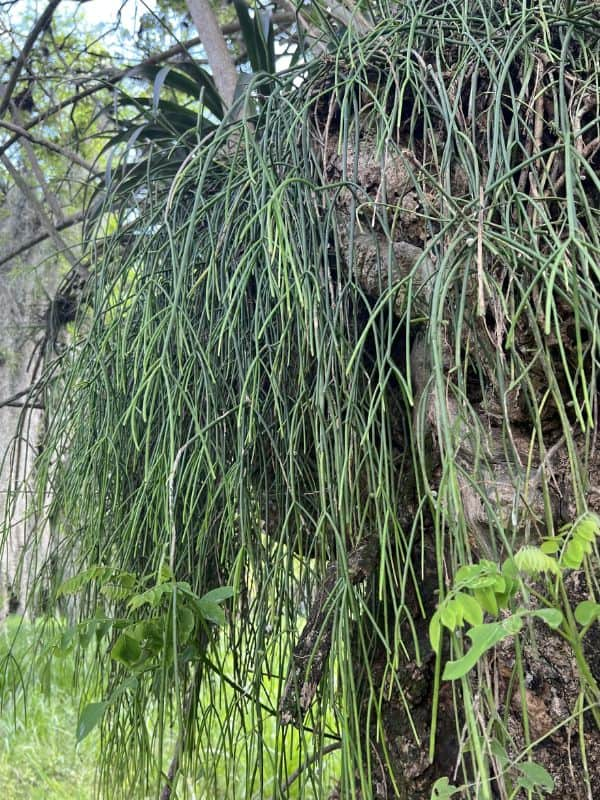
Mistletoe cactus is quite attractive when planted in hanging baskets or shelved containers which let its stems hang down. You can place the container outdoors on shady patios or indoors in patches of sunlight. It also works well in sandy cactus gardens, where it will be a unique, decorative addition with its stems trailing along the ground.
Find Where to Buy the Best Mistletoe Cactus (Rhipsalis baccifera)







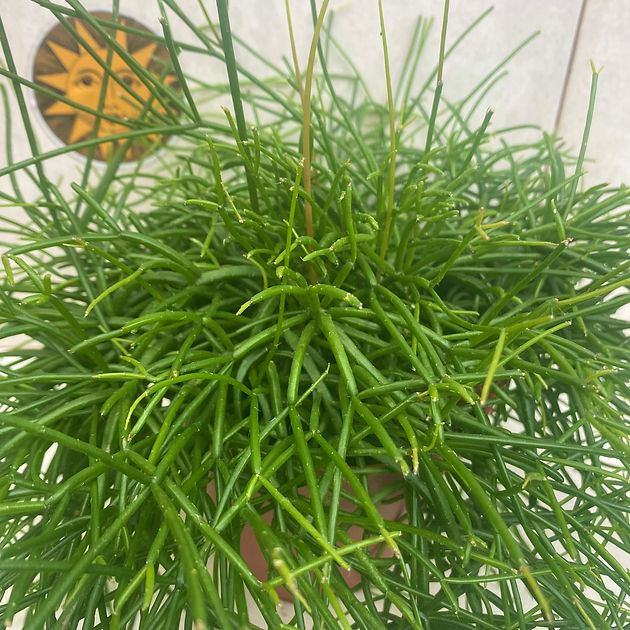

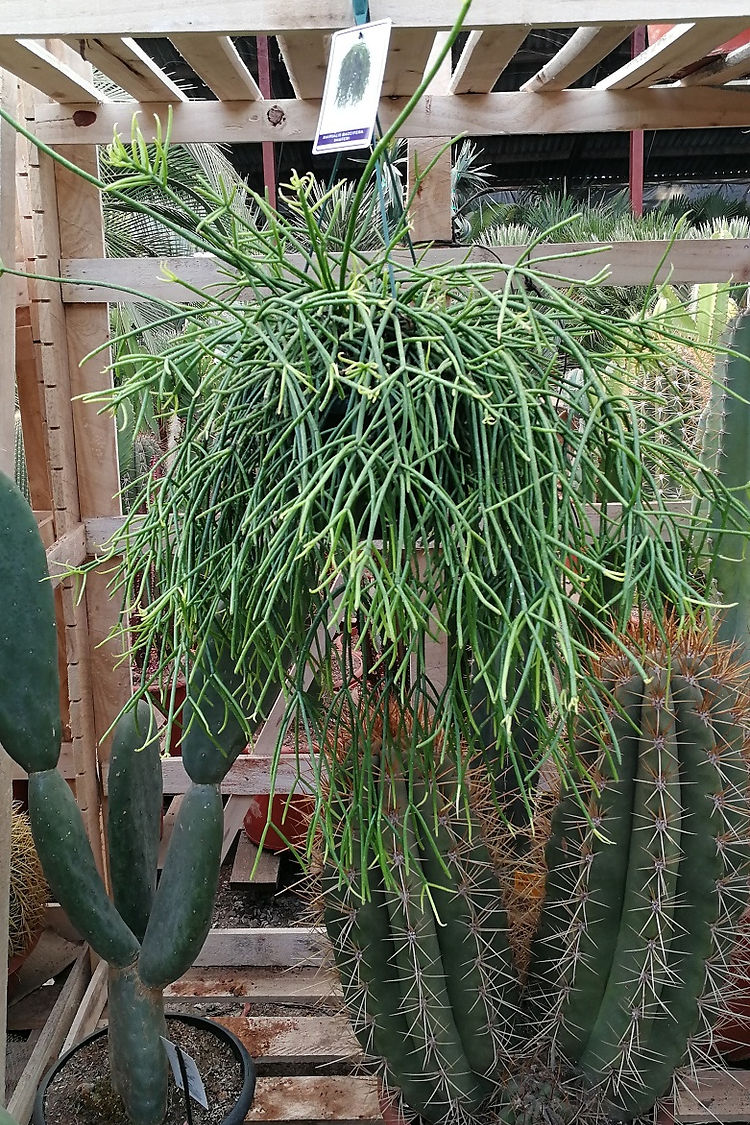
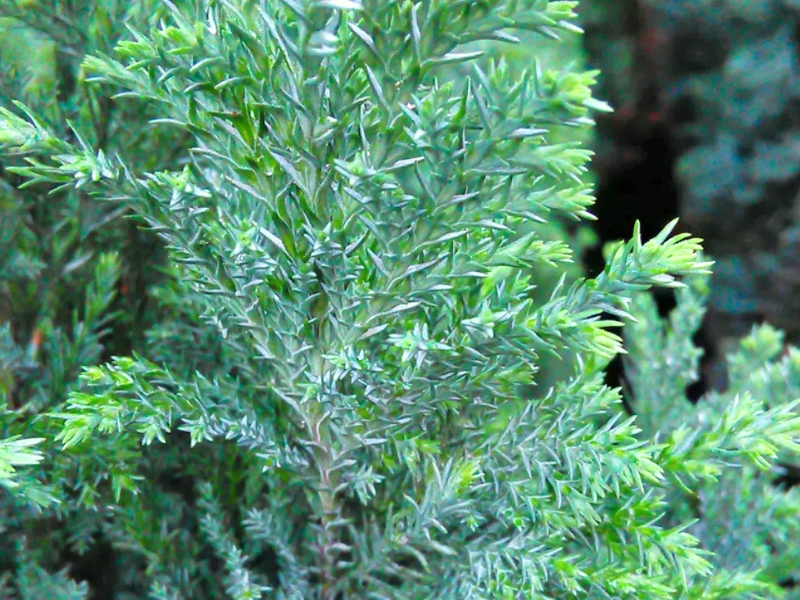
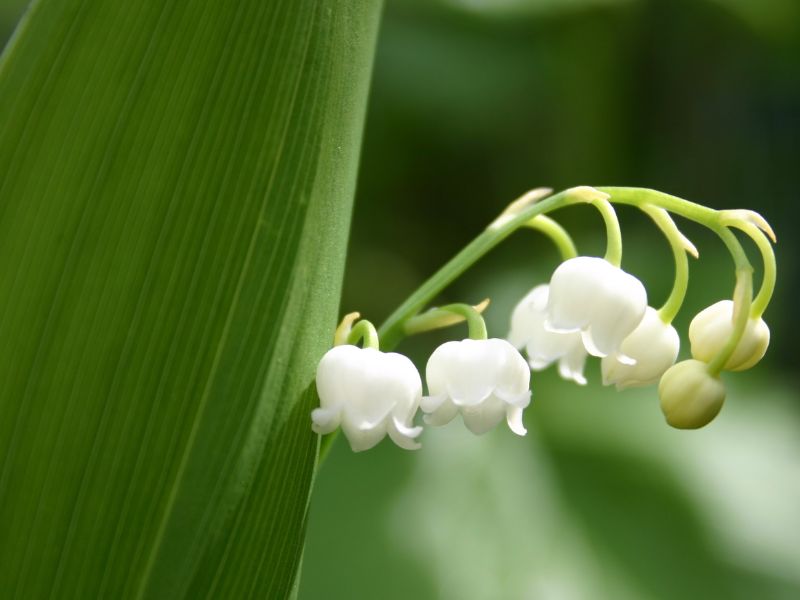
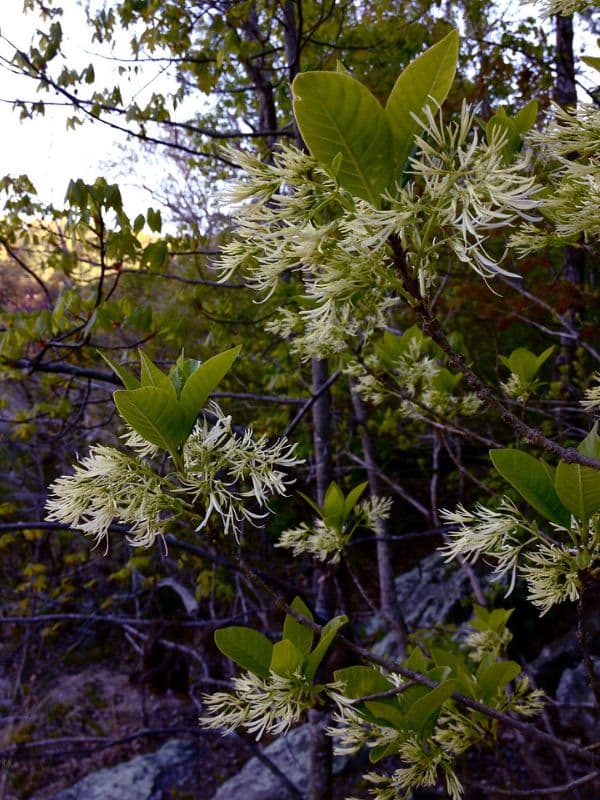
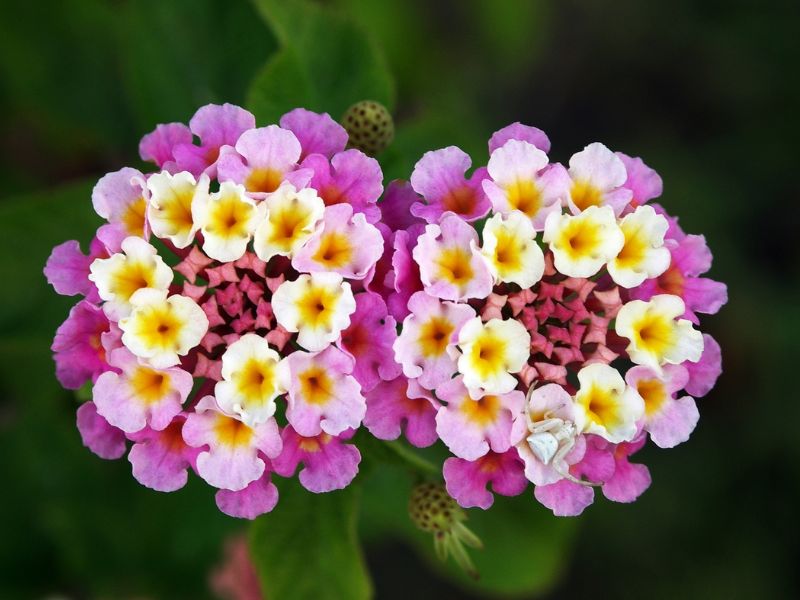
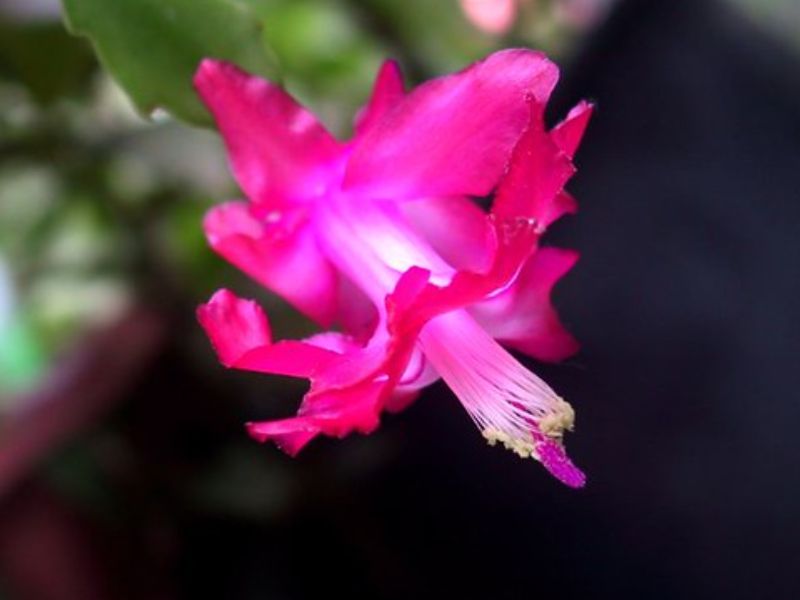
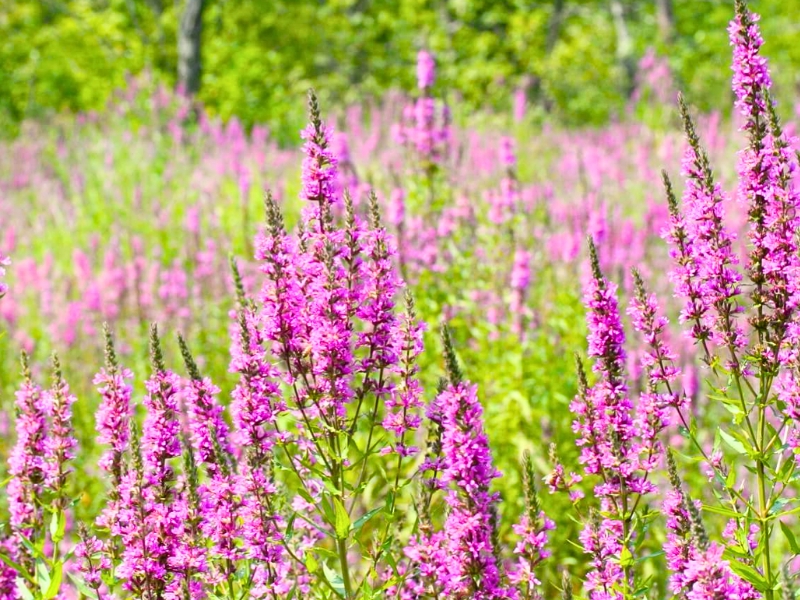
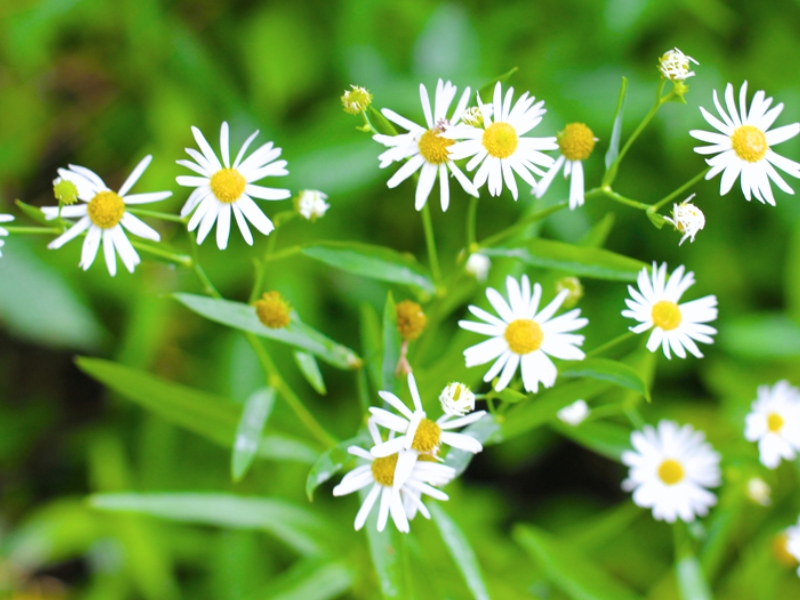
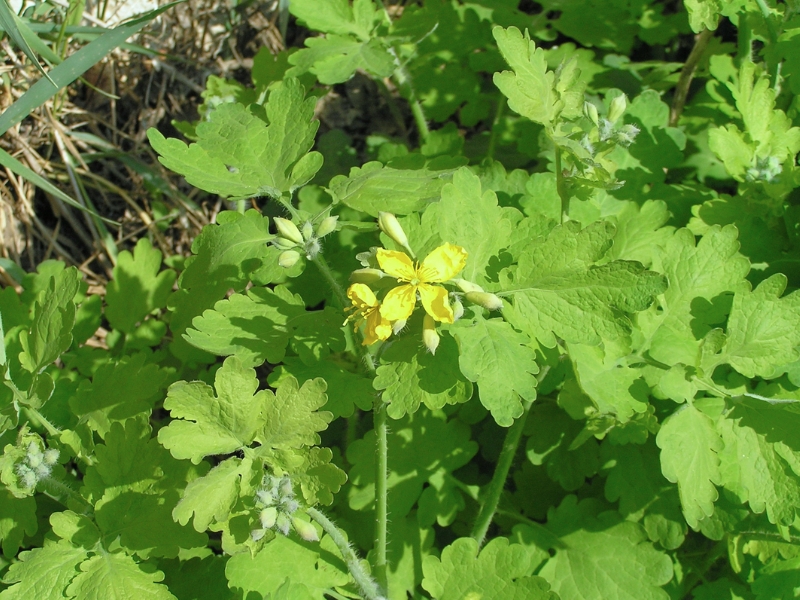
Leave a Reply